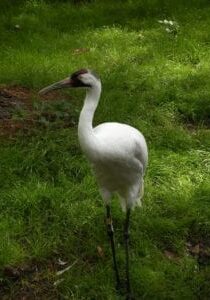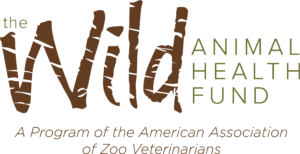
The road to recovery for an endangered animal
The whooping crane is the tallest bird in North America. An adult stands nearly 5 feet tall, with a wingspan of over 7 feet! Unfortunately, it is rare to catch a glimpse of one of these majestic birds today. Back in the 1940s, the crane almost became extinct. The good news is that conservation efforts have helped the endangered animal make a comeback, and today there are about 600 whooping cranes. Nearly half of these birds are in managed-care populations. The other half occur in a single migratory wild population.
It is encouraging that the whooping cranes have made such a comeback over the past 70 years. The bad news is that the population is not growing as quickly as scientists expect. Thus, the whooping crane remains at risk. As with most species of conservation concern, recovery relies on habitat management, captive breeding, legislation, conservation organizations, and research. Zoo and wildlife veterinarians are taking an active role of investigating how diseases may impact the health of the wild population of whoopers.
Understanding the health of the whooping crane population
We do know that whooping cranes, like other avian species, contract parasites that cause diseases. Adult parasites live in various organs or cavities of the cranes will lay eggs that show up in the crane's feces. By analyzing the fecal samples, veterinarians can distinguish which parasites are infecting the at-risk population of whooping cranes. But collecting the waste without disturbing the wild birds is a challenge. Using remote cameras, researchers are identifying periods of high activity. They could then go to those locations and collect the samples for analysis back at the laboratory.
With funding from the Wild Animal Health Fund, scientists developed a technical advancement by DNA barcoding the eggs of the parasites. This technique is in place in a similar crane species - the sandhill crane. Now, both species of cranes, as well as many other bird species, are being saved from infections from parasites.
100% of every dollar you give to the Wild Animal Health Fund goes to fund research grants like these.
